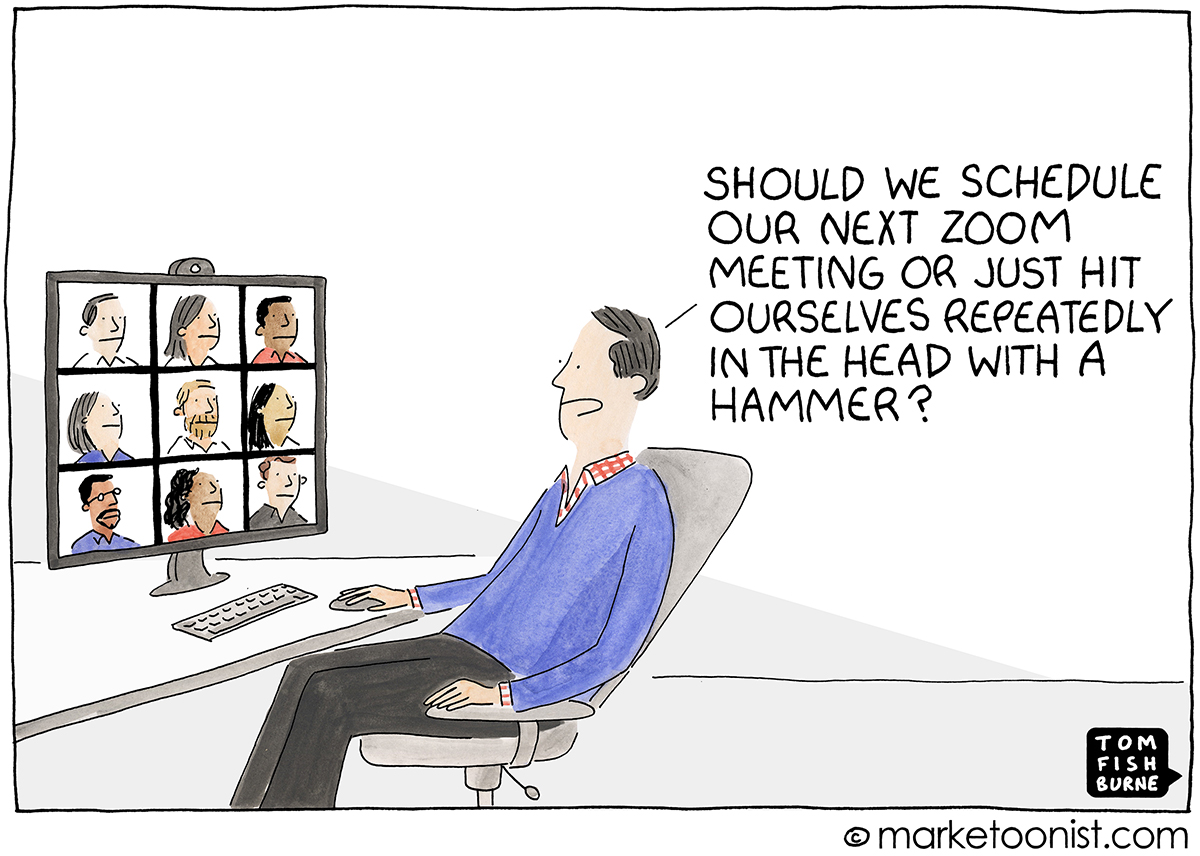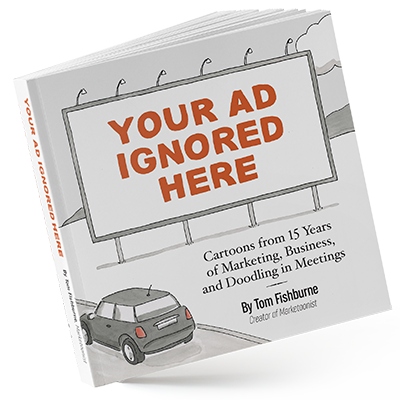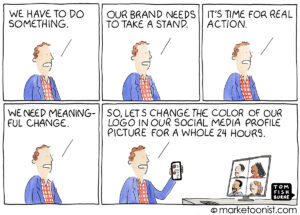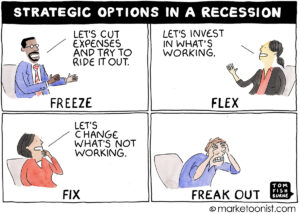“Zoom fatigue has me wanting a landline and a rotary phone,” Tammy Sun, Founder and CEO of Carrot, shared recently. Tammy spends 9 out of every 10 conversations on Zoom, 6 days a week.
All meetings have started to default to video conferencing. As have family reunions, happy hours, workouts, webinars, and just about every other social interaction.
Zoom has become so ubiquitous that, by mid-May, Zoom had a larger market capitalization than the seven largest airlines, combined.
If we’re not careful, particularly when sheltering in place, our calendars can get packed with nonstop Zoom calls. Aside from the sheer number of meetings, video conferencing changes how we process information. It increases the cognitive load, as we strain to process nonverbal cues.
Jeremy Bailenson is Professor and Director of the Virtual Human Interaction Lab at Stanford University. He describes some of the nature of Zoom fatigue this way.
“Humans have evolved to understand the meaning of something in the wink of an eye. Our species has survived because we can produce those signals in a way that is meaningful. Zoom smothers you with cues, and they aren’t synchronous. It takes a physiological toll.”
As we work through the growing pains of working remotely, it’s a good time to ask ourselves how we work best, particularly how to use relatively new technology like Zoom.
Not every communication requires a meeting and not every meeting requires Zoom.
Here are a couple related cartoons I’ve drawn over the years:
“Meetings, Meetings, Meetings” May 2017 (license this cartoon)
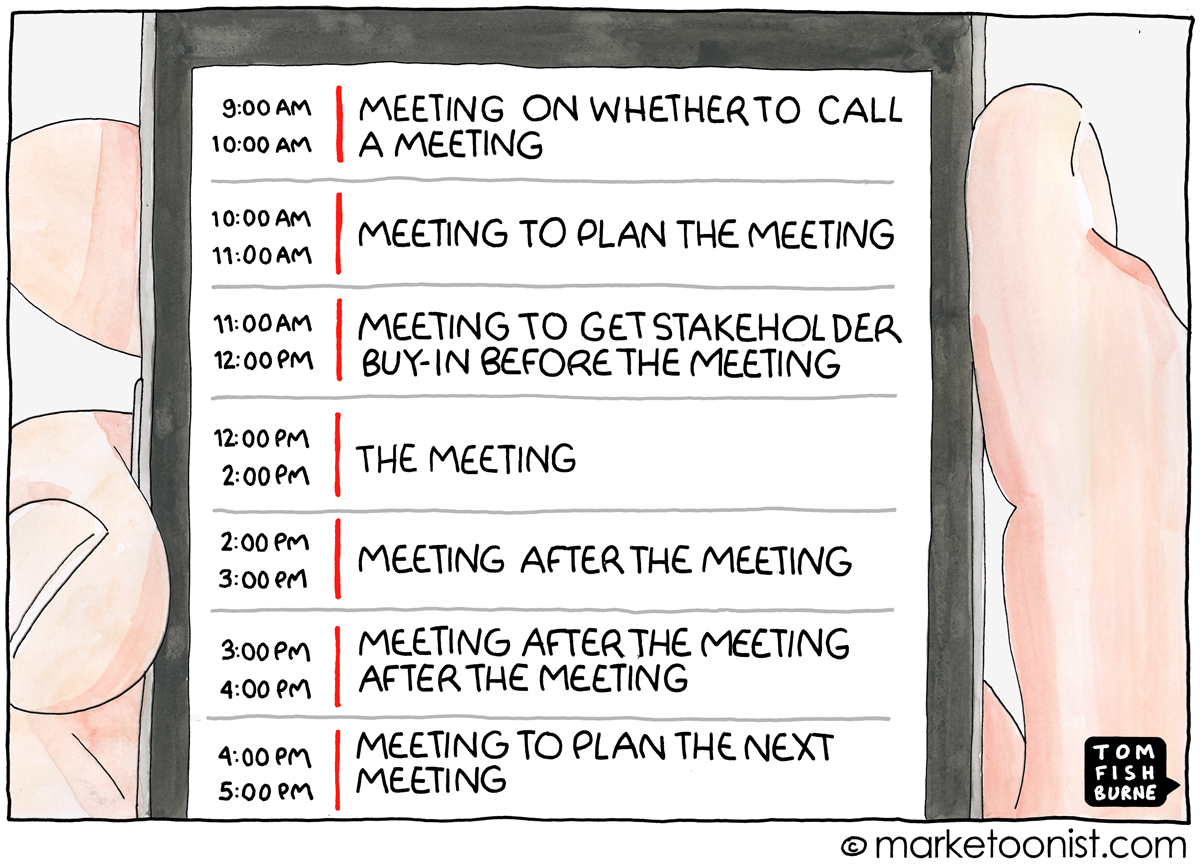
“Virtual Collaboration” March 2020 (license this cartoon)

